G. R. Foxall
The Behavioral Ecology of Brand Choice: How and What Do Consumers Maximize?
Foxall, G. R.; James, V. K.
Authors
V. K. James
Abstract
Matching theory predicts choices on concurrent variable ratio schedules on which consumers' brand selection occurs will show maximization via exclusive choice of the richest schedule. However, aggregate studies of consumer choice indicate two modes of consumer brand purchase within a product category: either exclusive purchase of one brand or multibrand purchasing. This article uses brand-selection data from individual consumers to determine whether, at this level of analysis, (a) consumers' purchasing patterns show matching, (b) consumers maximize returns, and, if so, (c) what they maximize. Consumer behavior for fast-moving goods exhibits matching, but in the form of multibrand purchasing rather than exclusive choice. Moreover, for substitutes, brand selection is price sensitive, suggesting both melioration and maximization; for nonsubstitutes, choice is not price sensitive but still appears consistent with maximization of price- and nonprice-related sources of value.
Citation
Foxall, G. R., & James, V. K. (2003). The Behavioral Ecology of Brand Choice: How and What Do Consumers Maximize?. Psychology and Marketing, 20(9), 811-836. https://doi.org/10.1002/mar.10098
| Journal Article Type | Article |
|---|---|
| Publication Date | Sep 1, 2003 |
| Deposit Date | Feb 4, 2011 |
| Journal | Psychology and Marketing |
| Print ISSN | 0742-6046 |
| Electronic ISSN | 1520-6793 |
| Publisher | Wiley |
| Peer Reviewed | Peer Reviewed |
| Volume | 20 |
| Issue | 9 |
| Pages | 811-836 |
| DOI | https://doi.org/10.1002/mar.10098 |
| Public URL | https://durham-repository.worktribe.com/output/1535122 |
Downloadable Citations
About Durham Research Online (DRO)
Administrator e-mail: dro.admin@durham.ac.uk
This application uses the following open-source libraries:
SheetJS Community Edition
Apache License Version 2.0 (http://www.apache.org/licenses/)
PDF.js
Apache License Version 2.0 (http://www.apache.org/licenses/)
Font Awesome
SIL OFL 1.1 (http://scripts.sil.org/OFL)
MIT License (http://opensource.org/licenses/mit-license.html)
CC BY 3.0 ( http://creativecommons.org/licenses/by/3.0/)
Powered by Worktribe © 2025
Advanced Search
